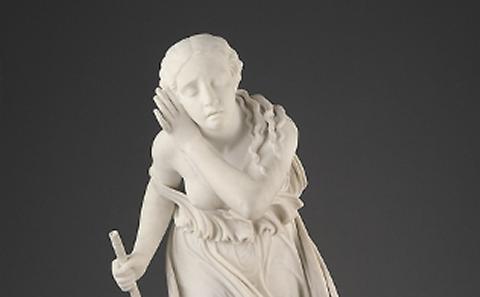The Bones of A Story: Animating Absent Remains in The Last Days of Pompeii Seminar

- Time:
- 16:00
- Date:
- 17 February 2021
- Venue:
- Online via Microsoft Teams
For more information regarding this seminar, please email Tracy Storey at tps@southampton.ac.uk .
Event details
Part of the 2020/21 seminar series organised by SCNR.
This seminar is given by Dr Melissa Gustin from the University of York.
The pages of Edward Bulwer Lytton’s The Last Days of Pompeii are famously populated by characters based on the archaeological finds of Pompeii, as understood in the early nineteenth century. Notably, the character Julia was based on the imprint of a young woman’s body (rather, the imprint of a pair of breasts), which had been cast in plaster and displayed after their discovery. The preface explicitly frames the novel as an attempt to ‘reanimate the bones which were yet spared to his survey… to wake to a second existence’. After the announcement of Giuseppe Fiorelli’s successful casts of remains in 1863, the reanimatory character of these subjects took on an even more vivid and sculptural feeling. This paper will consider the tensions between the textual reanimation of Julia Diomedes and the fragmentary cast upon which she is based, and the character of Nydia, an entirely fictional invention with no relation to a set of human remains that became the model for one of the most popular and widely-distributed Victorian sculptures: Nydia, the Blind Flower Girl of Pompeii by Randolph Rogers (1855-6).
This paper positions the preserved, replicated, modified, and aestheticized human remains in Pompeii, especially those of women, as Galateas within the reception of Pompeii and Last Days. While the majority of the casts postdate the publication of Last Days, scholarship by Meilee Bridges, Lee Behlman, and the present author has demonstrated that the casts, the novel, and site-based myths are inextricably linked in the nineteenth century and in contemporary narratives around both the site and the bodies. This essay utilises contemporary scientific studies of the casts themselves to address the myths of indexicality around the nineteenth-century casts in particular, and the animation of partial, fragmentary, and imaginary human remains in the novel. The casts—which Eugene Dwyer has called ‘living statues’—have the evocative potential for (re)animation in a macabre performance of the Galatea myth. While the plaster imprint that became Julia is now lost, it was well-attested in multiple sources, and was cast as a leading lady (pun intended) in more than one story about Pompeii. But the more-famous ‘living statues’ from Last Days are those without human remains— Nydia, the marble girl derived from the figment of a volcanologist’s imagination, and the guard dog, the cast of which has recently been revealed to contain no biological material and to have been constructed in multiple stages. Rogers’ rapidly replicated Nydia became a defining, evocative image of the character, spawning imitations and further attempts to breathe life into absent remains through marble and pigment.
This seminar will take place via Microsoft Teams. Please ensure you book a place to receive the meeting link. The deadline for bookings is 1pm on the day of the seminar (17/02/21).